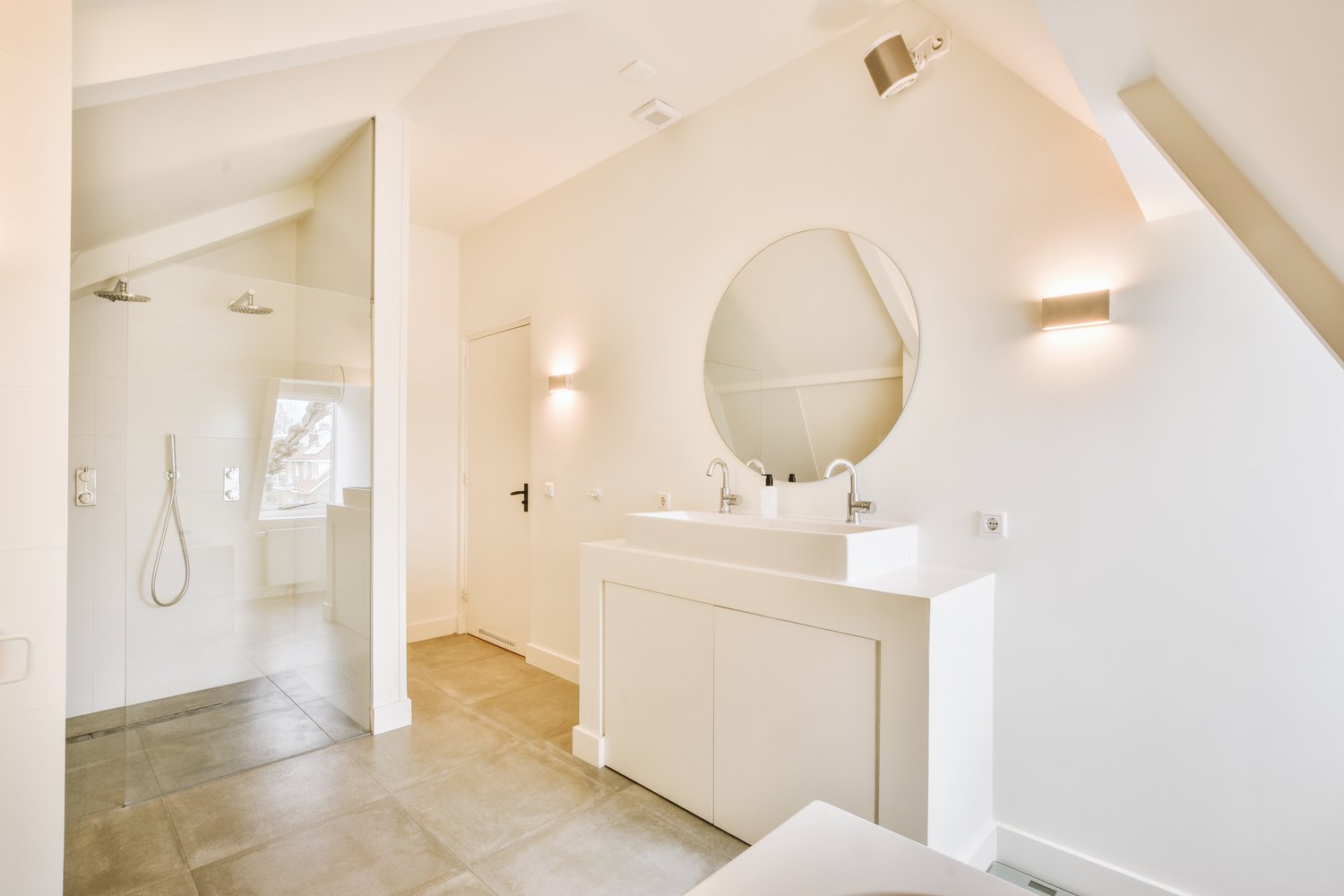Mirrors are among the most versatile decorative elements in interior design, offering both functional and aesthetic benefits to any space. When strategically placed, mirrors can amplify light, create the illusion of expanded space, and serve as statement pieces that enhance your overall decor. This article explores essential techniques for decorating with mirrors ideas that transform rooms from ordinary to extraordinary. We’ll cover optimal mirror placement living room and dining room strategies, creative approaches to large wall mirror decor, and how to select the perfect mirror style to complement your existing aesthetic.
The Magic of Mirrors in Home Decor
Mirrors have been used in interior design for centuries, and for good reason. Beyond their practical purpose, mirrors possess a unique ability to transform spaces through reflection. They capture and redistribute natural and artificial light, making rooms appear brighter and more welcoming. This reflective quality creates visual depth, particularly valuable in smaller spaces where every square foot matters. When considering decorating with mirrors ideas, think of these pieces as windows that open up visual pathways and create connections between different areas of your home. The right mirror can become the focal point that ties together other design elements while serving the practical purpose of allowing you to check your appearance before heading out the door.
Strategic Mirror Placement for Maximum Impact
Mirror placement living room decisions can dramatically influence how the space feels and functions. Position mirrors where they can reflect something visually appealing—perhaps opposite a window to capture outdoor views, or across from a beautiful piece of artwork to double its impact. In living rooms, consider placing a mirror above the fireplace mantel or sofa to create a natural focal point. For narrow hallways, a strategically placed mirror can visually widen the passage while brightening a typically dark area of the home. When working with mirror placement dining room considerations, try positioning a large mirror to reflect your chandelier or pendant lighting, creating a magical doubled light effect that enhances dinner parties and everyday meals alike.
Size and Proportion Considerations
One common mistake in decorating with mirrors is choosing pieces that are too small for the intended wall space. For large wall mirror decor to be effective, the mirror should have presence proportional to the wall it adorns. A tiny mirror on a vast wall can look disconnected and insignificant. As interior design experts at AskHomey suggest, a mirror should generally occupy about two-thirds of the wall space above furniture to create balanced proportions. For particularly grand spaces, consider using multiple mirrors in a thoughtful arrangement rather than hunting for a single oversized piece. This approach can create visual interest while maintaining proper scale relationships.
Stylistic Approaches to Mirror Selection
The frame of a mirror contributes significantly to its overall design impact. When selecting mirrors for your space, consider frames that complement your existing decor style. For contemporary interiors, frameless mirrors or those with sleek metal frames create a clean, modern aesthetic. Traditional spaces benefit from ornate wooden frames or gilded finishes that add warmth and character. Industrial-inspired interiors pair beautifully with mirrors featuring raw materials like unfinished metals or reclaimed wood. The shape of your mirror also influences its effect—round mirrors soften spaces with many angular elements, while rectangular or square mirrors reinforce geometric themes in modern design schemes.
Creating Depth with Mirror Groupings
For those seeking sophisticated decorating with mirrors ideas, consider creating a gallery wall of smaller mirrors rather than using a single large piece. This approach adds textural interest and creates a custom art installation effect. When arranging multiple mirrors, maintain a cohesive element—perhaps frames of the same finish but in different shapes, or identical mirrors positioned in a geometric pattern. This technique works particularly well in dining rooms, where mirror placement dining room considerations might include creating a reflective backdrop for a sideboard or buffet table, enhancing the room’s elegance during entertainments.
Mirrors as Problem-Solvers in Challenging Spaces
Mirrors excel at visually correcting architectural challenges. For spaces with low ceilings, tall vertical mirrors draw the eye upward, creating the perception of height. In rooms with awkward angles or recessed areas, carefully positioned mirrors can normalize proportions. Large wall mirror decor can be particularly effective in rooms that lack natural light or windows—positioned to reflect artificial light sources, they create the illusion of additional illumination. In small apartments or condominiums, mirrored closet doors or full-length mirrors mounted on doors maximize space utility while enhancing the sense of openness.
Maintaining and Cleaning Your Mirrors
Even the most beautiful mirror loses its impact when covered with fingerprints, dust, or smudges. To preserve the transformative effect of your mirrors, clean them regularly using appropriate products for the specific type of mirror. Avoid spraying cleaning solutions directly onto mirrors, as liquid can seep behind the glass and damage the reflective backing. Instead, spray your cleaner onto a microfiber cloth and wipe in a circular motion, followed by a final polish with a dry cloth to prevent streaking. Position mirrors away from direct water sources in bathrooms to prevent spotting and corrosion of the mirror’s backing.
For more tips and to connect with reliable home service professionals, follow AskHomey on Facebook and Instagram.



